Note: This website was automatically translated, so some terms or nuances may not be completely accurate.
The Creator of Ponta Speaks! Can "Characters" Become a Major Weapon in CX Creative Too?
CX (Customer Experience) continues to evolve daily.
How can Dentsu Inc.'s creative team contribute to this now ubiquitous CX domain?
To explore this potential, members of Dentsu Inc.'s CX specialist unit, the "CXCC" (Customer Experience Creative Center), share insights on CX and creativity in this series. This is "Monthly CX" ( For more on Monthly CX, click here ).
In the fourth installment, we invited Art Director Kentaro Itonori to delve into the essence of CX Creative(※). What insights has Art Director Itonori, who continues to expand the creative domain from mass media to dual-funnel CX using characters as his weapon, gained?
※CX Creative refers to... using the power of creativity to generate valuable new customer experiences. It also encompasses the efforts themselves.
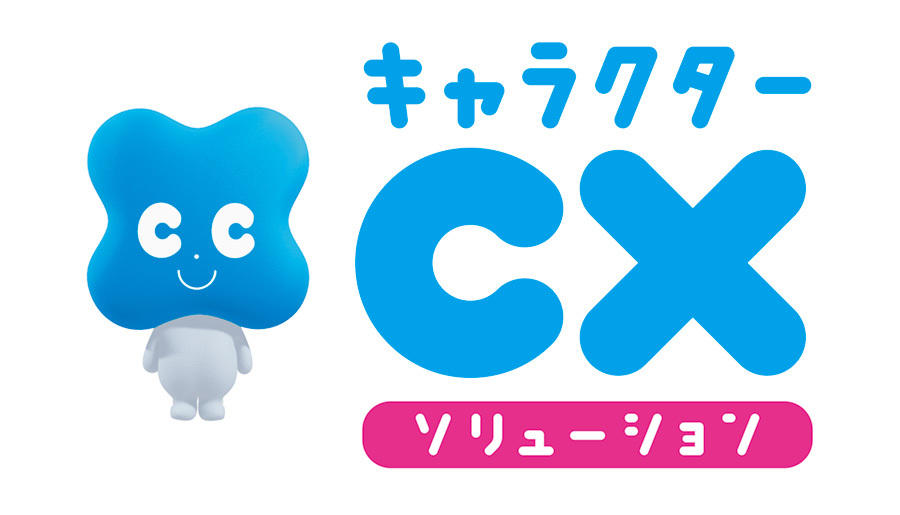

[Profile: Kentaro Itonori]
Dentsu Inc.
Customer Experience Creative Center
Art Director
Creator of beloved characters like "Ponta" (known for its charming eyes) and TV Tokyo's popular "Nanana." Ponta, in particular, successfully gained a large fanbase by engaging with users 24/7 via Twitter. This deepened his conviction that characters are effective for CX creative, leading him to launch the new initiative "Character CX Solution" in October 2021. https://www.dentsu.co.jp/news/release/2021/1028-010454.html
Always-On Customer Experiences Only Possible in Japan, the "Character Superpower"
Monthly CX: Why did you decide to utilize characters in CX creative as well?
Itonori: Japanese people have a national character that loves characters to a degree that often surprises people overseas. That's why we thought characters would be a good fit for CX creative.
Recently, more companies are using characters not just in TV commercials but also on social media. We believe the reason is that characters create a sense of familiarity with users while effectively conveying information concisely.
When using celebrities as advertising icons, there's always the risk of scandals. With characters, that worry disappears. Furthermore, even if a celebrity appears in a TV commercial, there's no guarantee they'll also appear in videos or banners. Separate contracts and permissions are needed, and additional appearance fees apply. Characters eliminate these concerns.
Monthly CX: So it's about clients being able to use them with confidence over the long term.
Itonori: Yes. Another reason characters are effective for CX creative is that advertising methods are evolving with the times.
A decade ago, everyone saw the same ads through television. But today, thanks to smartphone proliferation, ads tailored to individual interests and preferences are commonplace. As technologies like the metaverse advance, everyone might freely roam the world through virtual spaces. Traditional advertising methods will likely become unsustainable for corporate marketing.
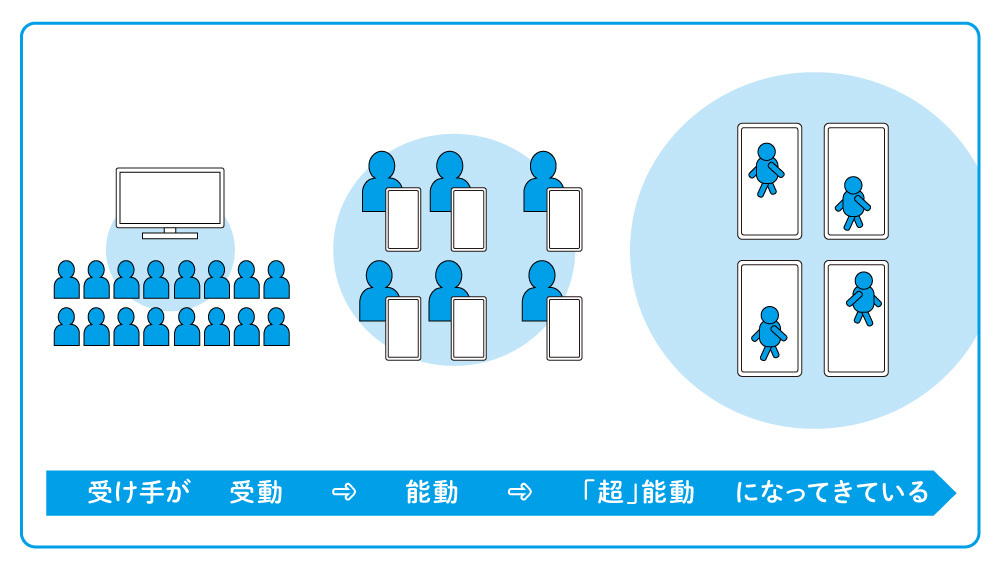
In response to this trend, the dual funnel approach is gaining traction in the marketing world.
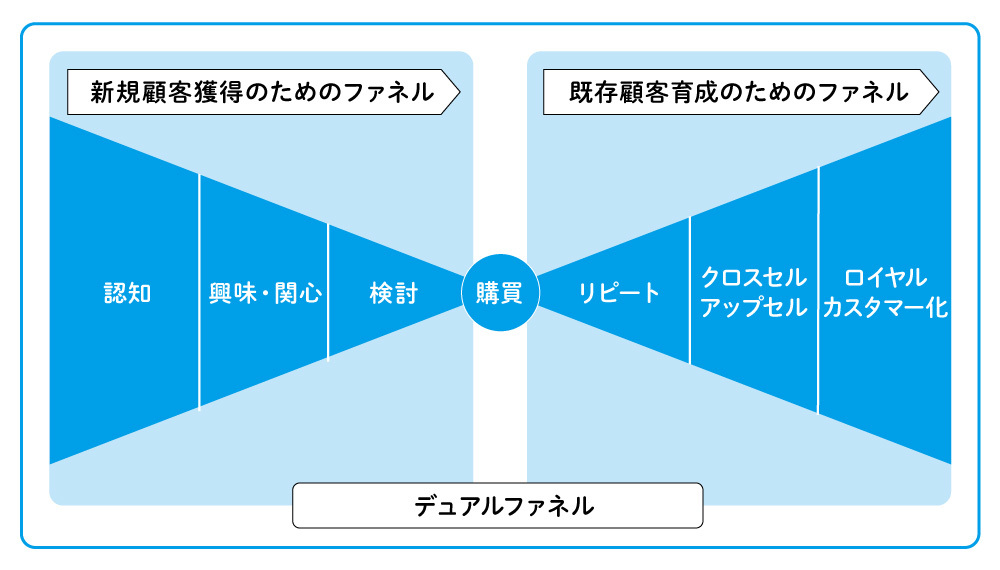
The dual funnel combines two funnels: "acquiring new customers" and "nurturing existing customers." Its goal isn't solely the purchase of a product or service.
It's a concept that emphasizes not only acquiring new customers but also maintaining ongoing contact with existing ones, fostering long-term connections. This requires a commitment to engaging with each individual user over the long term.
Monthly CX: So it's not just about creating ads; continuous engagement tailored to each platform—like digital initiatives and social media posts—is becoming essential.
Itonori: Exactly. Since smartphones enable constant connectivity with users, maintaining ongoing communication via SNS and the web—known as "Always On"—is also considered crucial in marketing. In this regard, human resources alone struggle to provide real-time, 24/7/365 support. However, characters, combined with technologies like chatbots, can handle interactions without time or location constraints. I believe characters represent a new weapon in CX creativity.

The relationship between Ponta and Ponta fans exemplifies the "ultimate form of a brand."
Monthly CX: Could you share an example of CX creative using characters?
Itomori: Among the characters I've worked on, the one with the highest recognition is probably Ponta. Ponta was originally only used in TV commercials and in-store, but at some point, Twitter became its main battlefield.

The reason Twitter became so important is that it's an SNS that pairs well with characters. Ponta maintains continuous connection with users through Twitter, perfectly realizing the "Always On" state we discussed earlier.
Monthly CX: He's adorable. What kind of posts does Ponta actually make?
Itonori: One memorable example was a client-led post on March 1st last year, Ponta's birthday. We ran a campaign where Ponta would reply to every user who tweeted with the hashtag #PontaBirthdayCelebration. As a result, about 20,000 users tweeted, and we ended up securing the #1 trending spot. Fans were thrilled to celebrate with us.
Monthly CX: So it was a trend #1 achieved by everyone together.
Itonori: Yes. Also, on Twitter, it's become a tradition for companies to deliberately post fake content on April Fools' Day. Ponta followed this custom with a fake post saying, "Actually, I'm an eye mask." While our posts usually get around 1,000 to 2,000 likes, this one reached 17,000.
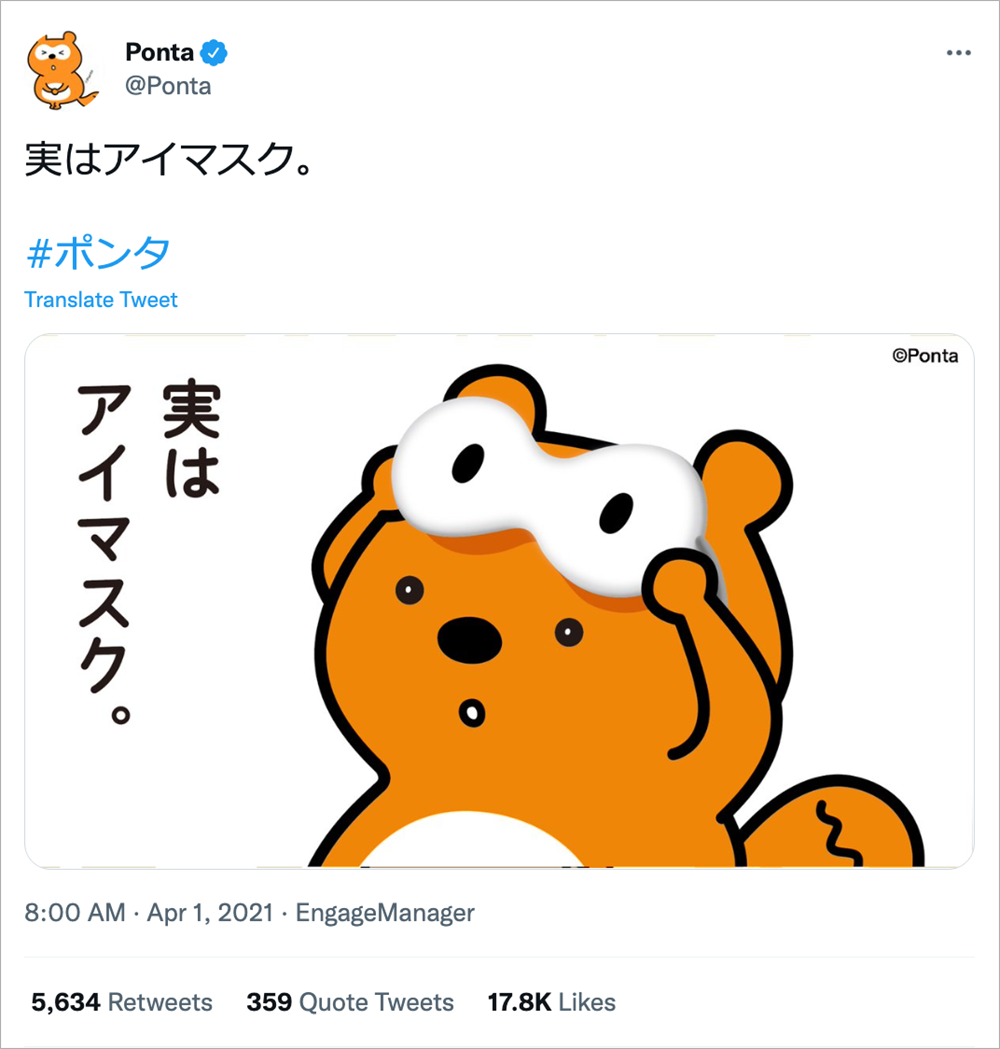
When tweets get a good response, our fans are happy too. We want to keep prioritizing posts that align with the moment.
Beyond that, we wanted to create something fans could use as a personal identifier, so we released an icon maker in August 2021. It lets users freely combine hairstyles and accessories to create their own original Ponta. Many of Ponta's followers actually set icons created with this maker as their profile pictures.
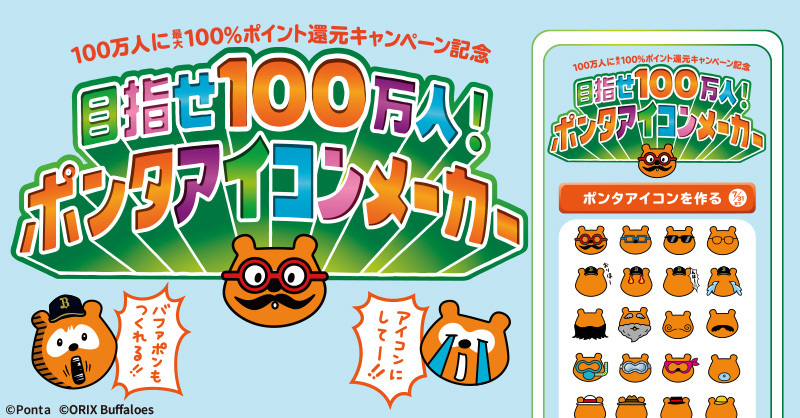
Monthly CX: That's an interesting initiative. You can really feel the affection and emotional connection followers have with Ponta. When designing characters, is there anything you consciously focus on?
Itonori: To create a beloved character, realism is also important. For example, it's crucial to give them a certain "airheaded" quality. Design-wise, they tend to be simple. Keeping them simple makes it easier to develop the character for various scenarios and create spin-offs, and I think it leaves room for fans to engage with them.
Monthly CX: I see. Keeping it simple is the key, then.
Itonori: Yes. Actually, Ponta has a spin-off sibling character called "Buffaloes Ponta" (nicknamed "Buffa-Pon"). Buffapon represents fans of the Orix Buffaloes (hereafter: Buffaloes), and actually has higher engagement than Ponta. Last year, when the Buffaloes entered the A-class or took the lead, "likes" reached 48,000, and when they won the championship, it even hit 100,000. I believe characters don't just end with creation; they can grow further by being branched out and developed.
Monthly CX: I imagine it's difficult for a celebrity to suddenly join a group of baseball fans. Is it easier to do so with a character?
Itonori: Yes. Precisely because it's a character, it could integrate naturally without feeling out of place. While Bufapon's backstory plays a role, characters seem inherently well-suited to Twitter. Twitter is an SNS with excellent virality, and its appeal lies in the ability to get excited together in real-time while watching games on TV.
In Bufapon's case, the client consistently posts celebratory messages when the Buffaloes win and sad posts when they lose for every game. This allows us to become one with the fans. I think having that "live feel" is also a crucial point in building relationships with fans.
The biggest benefit gained from creating derivative characters is that the more Bufapon gains traction, the more naturally Ponta's recognition grows. This is a unique advantage of character CX.
Monthly CX: That's true. That kind of excitement is something only achievable through a character.
Itonori: Yes. Recently, starting in January 2022, we also launched a four-panel manga for Ponta on Twitter. We receive many affectionate comments from fans in the replies to these tweets.
Set in a scenario where Ponta observes the human world, there was a scene where he was working at a family restaurant and got scolded by a customer. People commented things like "Ponta-kun, are you okay?" or "He's such a goofball," showing concern or comfort. It's truly amazing that even though he's a fictional character, we receive comments as if he were real.
Over half the users commenting use Ponta's icon maker, which really shows how much they care. It's also common to see likes on tweets commenting on Ponta's posts, fostering interaction among fans.
Monthly CX: That interaction among fans is a really positive trend. It feels like the ultimate form a brand aims for.
Itonori: Data also shows that users deeply engaged with Ponta tend to be highly active within the Ponta points service ecosystem. The more we boost Ponta's engagement, the more people use Ponta. Ponta's activities are actually contributing to our PR efforts.
Expanding CX creativity with cutting-edge tech × characters, like AI chatbots
Monthly CX: Ponta is a remarkable success story. Beyond point programs like Ponta or the sports domain, in what other fields are characters effective?
Itonori: I believe characters are ideal for complex industries or products that are difficult to explain, like insurance products. As mentioned earlier, characters have the effect of conveying information concisely, making them effective when you want to explain difficult products in an easy-to-understand way. You might think of characters as playing a bridging role, connecting the product and the user.
Conversely, for products that exist as clearly defined "things," characters might sometimes be unnecessary.
Monthly CX: I see. Listening to you so far, I also thought that while using characters in CX creative can have a significant impact, it might also increase the burden on the creators producing them.
Itonori: Rather than saying "using characters increases the creator's burden," it's more accurate to say "implementing a dual-funnel strategy increases the creator's burden." It's true the creator's burden increases, and to sustain this, I believe it's crucial to "create beloved characters while reducing the effort involved." With this in mind, what I've been working on since last year is the "Character CX Solution."

Simply put, it combines character-based CX creative with the technology of the Dentsu Group in Japan. Examples like "Ponta Comes to Town," held in Shinjuku and Ikebukuro in October 2021, are precisely instances utilizing the "Character CX Solution."
Monthly CX: Is Ponta actually speaking in real time?
Itonori: Yes. It's a live communication initiative using "Chara Talker," a character avatar service jointly developed by Dentsu Inc. and Eje.
It's easiest to imagine it like a VTuber. The technology allows the character to move in sync with the operator inside, so while someone in another room talks and moves while watching the screen, it's linked with Ponta.
Monthly CX: Interesting. This seems like it could help attract new fans too.
Itonori: Exactly! It lets us convey new charms of the character.
Furthermore, by combining this technology with character CX, we believe we can significantly reduce the effort required for production.
The time saved in production can be redirected toward client coordination, enabling us to deliver higher-quality initiatives.
Monthly CX: So combining characters with technology creates many benefits.
The Future Brought by CX Creatives Using Characters as Their Weapon
Monthly CX: With numerous new media emerging today, the concept of the marketing funnel is being viewed over a longer span than before. CX creative leveraging characters as a weapon can flexibly adapt to these changes, right?
Itonori: Yes. Originally, "business" was a one-to-one relationship between the customer and the store. However, with the advent of television, it shifted to a one-to-many relationship. Then came smartphones, and now we have things like the metaverse. I believe technological advancement is bringing us back to valuing one-to-one communication.
Monthly CX: So instead of everyone seeing the same thing, personalized responses tailored to each individual are becoming necessary.
Itonori: Customer service using digital signage in stores or chat tools might be prime examples of this. For humans, it's difficult to serve everyone 24/7, 365 days a year. But to improve CX, you need a system that can respond immediately to what customers want.
When "people" are involved, there are limits to what can be done. Characters, however, can adapt to various media and tools. Utilizing character CX solutions enables new initiatives like "Ponta Comes to Town." It's also interesting how the character's role—whether representing the company or acting as a fan—determines the types of campaigns possible.
Monthly CX: We look forward to seeing its further expansion.
Itonori: Thank you. Characters excel at building fanbases. Character communication is constantly evolving, with characters continuously providing fans with FUN (enjoyment and surprise), which then drives engagement with the company and its products. I hope to keep creating with this vision in mind. I want to make characters a major weapon in CX creativity.
(Editor's Note)
In Monthly CX Issue 4, we explored successful CX cases leveraging characters and the essence of CX creative from the perspective of character utilization. While characters are a longstanding tool, they are far from outdated. We learned they remain a potent weapon for CX creative and will continue to evolve.
This interview was conducted in collaboration with 'CX Creative Studio note' ( see here for details on CX Creative Studio note ). Beyond the Dentsu CXCC team, 'CX Creative Studio note' also involves the CX Creative team from Dentsu Digital Inc., enabling the collection and introduction of a broader range of case studies. If you're interested, please check it out as well.
If you have any requests for future case studies or themes you'd like us to cover, please send a message to the Monthly CX Editorial Department via the contact page below. Thank you for your continued readership.
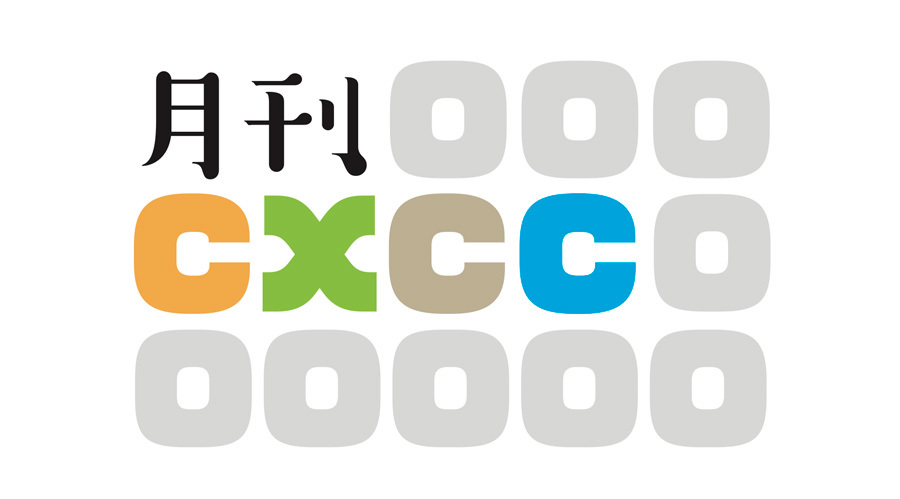
Dentsu Inc. CXCC: Koike, Oda, Takakusaki, Kanasaka, Okumura
Readers of this article may also like:
・Characters Talk to You in Real Time on Outdoor Large-Scale Displays! What Makes Them So Appealing?
Was this article helpful?
Newsletter registration is here
We select and publish important news every day
For inquiries about this article
Back Numbers
Author

Kentaro Itonori
Dentsu Inc.
Customer Experience Creative Center
Art Director
Leveraging characters for diverse communication applications. In 2021, launched the "Character CX Solution" that combines technology with characters to enhance customer experiences. Continues to explore new character applications. Representative developed characters include Ponta for the Ponta points service, Nanana for TV Tokyo, and DANCE-K for the D-League.

Monthly CX Editorial Department
Dentsu Inc.
CXCC (CX Creative Center)
The editorial team for "Monthly CX," a series where members of Dentsu Inc.'s CX-specialized division "CXCC" share insights on CX and creativity. By covering outstanding CX creative success stories within the agency or company, we unravel the essence and potential of CX creativity. Core members are Yoko Kibata, Hiroshi Koike, Nao Otani, Hirono Okumura, Yutaro Kosugi, Espin, Keisuke Saito, Kenji Oda, Hirozumi Takakusagi, and Motofumi Kanasaka, all belonging to CXCC.






